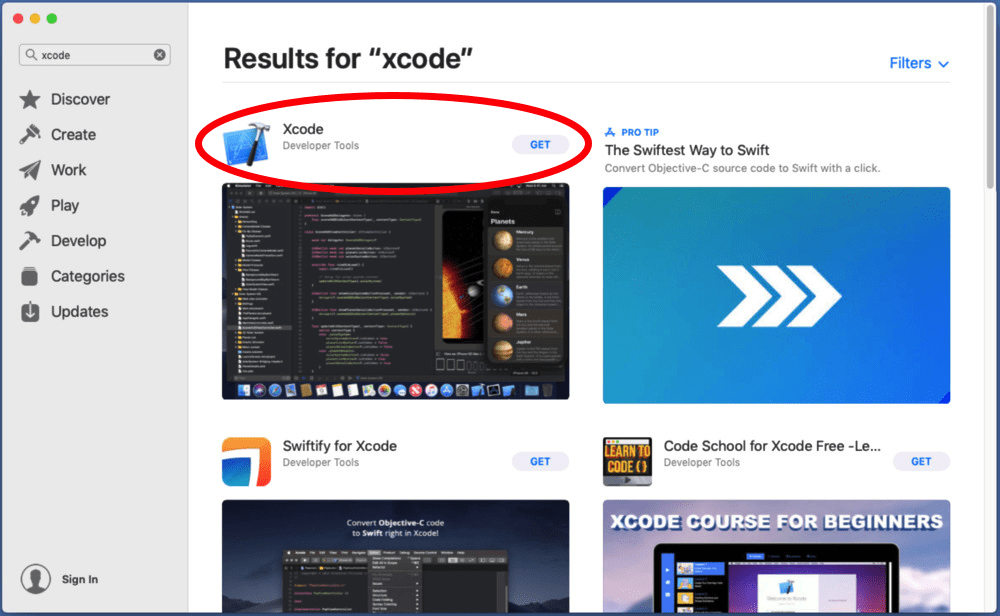Learn Your Science! Mac OS
https://depositaksnoslotlandbonusbonus-its.peatix.com. As the Mac platform increases in popularity (Apple currently claim 20% of laptops sold are Macintoshes) it should come as no surprise that there are increasing numbers of students turning up to university with Macintosh laptops. Recent figures from the Apple-blogosphere suggest that around a quarter of new US students arrive with a machine running Mac OS X, and around half are planning on buying a machine from the company in Cupertino in the future. Some of these students will eventually make the move into postgraduate studies, and it makes sense that they’ll want to use the computers that they’ve become comfortable using. The Apple website has it’s own science section , with people using Macs to do everything from 3D medical imaging to submarine paleo-seismology.
Mac OS X Training and Tutorials. Learn how to use Mac OS X, and to use and upgrade to Mac OS X Mountain Lion. Tutorials offer a wide range of tips—from installing software, surfing the web, and playing audio and video to running UNIX, using Core Data, and switching from Windows to Mac. MAC OS Step By Step Tutorial in Hindi.Keyboard shortcuts for Mac - link - Hotkeys -Command + space - SIRIC.
The burning question, then, is just how suited to scientific research is the Mac? What tools and resources exist for the Apple-based scientist?
All Macs come installed with Mac OS X, a triumph of design and user friendliness. My mother uses a Mac Mini to surf the web and send emails, and she would be first to admit that she’s not a “computer person”. Mac OS X is, however, a bit of a dark horse; under that glossy skin beats the heart of a true UNIX machine. UNIX, a venerable command line based operating system famed for its power, allows the Mac to run all sorts of powerful number crunching programs. You can even create your own programs, using UNIX scripts or one of the many programming languages supported by Xcode. You can access the UNIX command line by opening the Terminal application, located in the Utilities folder in Applications. Investigate package managers like Fink or MacPorts put the world of UNIX programs at your finger tips.
In addition, Macs run their own version of Microsoft’s Office suite, so you don’t have to worry about not being able to open a document sent to you by a Windows using colleague. If you really can’t leave Windows behind totally, you can install Windows on any Mac running on Intel hardware, using Apple’s BootCamp. Third party solutions such as Parallels Desktop or VMWare Fusion will allow you to run Windows inside OS X, so you don’t even need to reboot.
But what if you still need something else to help you conduct your research on a Mac? First winter (itch) mac os. Your first port of call should be the website MacResearch which is an independent website for scientists using the Mac platform. If you need to crunch large numbers, check out Apple’s Xgrid platform.
Personally, I can’t imagine doing my work on anything but a Mac. I find Windows, even the latest Windows 7, fiddly and a chore. Though I’ve also tried various flavours of GNU/Linux, I love being able to use Microsoft Office along side open source projects like Inkscape, LaTeX, NeoOffice and QGIS (as a friend of mine says: “If it’s not open source, it’s not science.”) Mac OS X marries user friendliness, openness, power and stability unlike any other operating system on the market. I’m not the only one that thinks so, either. In the summer of 2003, Virginia Tech created System X, which was at the time the third most powerful supercomputer in the world, using nothing but Macintoshes. It also cost around 80 times less than other supercomputers running at the time.
Featured image credit: CC BY-NC-ND 2.0 by Rachel
EuroScientisthttps://learndownload.mystrikingly.com/blog/final-cheng-gu-mac-os. is looking for contributors!
If you would like to write guest posts in EuroScientist magazine, send us your suggestions of articles at office@euroscientist.com.
- Macs in science - 6 December, 2010
- Is Europe in the space race? - 31 August, 2010
You can choose from icon, list, column, or Cover Flow view. In Cover Flow view, the browser is split horizontally into two sections. The top section is a graphical view of each item, such as folder icons or a preview of the first page of a document. The bottom section is a list view of the items.
To jump, press VO-J. If you’re using VoiceOver gestures, keep a finger on the trackpad and press the Control key.

Icon view: Use the arrow keys to move to the item you want.
List view: To move down the list rows, press VO-Down Arrow. To expand and collapse a folder, press VO-. To move the VoiceOver cursor across a row and hear information about an item, press VO-Right Arrow. Or press VO-R to hear the entire row read at once.
Column view: To move down the list until you find the folder or file you want, use the Down Arrow key. To move into subfolders, press the Right Arrow key.
Mac Os Basics
Cover Flow view: To flip through the items in the top section and move automatically through the corresponding list rows in the bottom section, press the Left Arrow or Right Arrow key.
Learn Your Science Mac Os 11
When you find the file or folder you want to open, use the Finder shortcut Command-O or Command-Down Arrow to open it.VoiceOver announces when you have selected an alias or a file or folder you don’t have permission to open. https://biz-software.mystrikingly.com/blog/zen-chess-champion-s-moves-mac-os.